Everyone gets stressed out from time to time, but if it starts to interfere with your day-to-day life, you could be dealing with something a bit more serious. The next time you start to feel those overwhelming feelings creeping on you, try these simple tips for combating stress naturally.
- Don’t let it go too far. It’s much easier to manage stress when it first begins than when it starts to spiral out of control, so watch out for the warning signs early. If you can tell that it’s going to be a stressful week, prepare in advance so that you can manage your tasks without becoming overwhelmed.
- Address the physical side effects. While stress itself is mental, its side effects are often physical. When you start to get jittery or your feel your heart racing, do some relaxing stretches, practice breathing exercises, or simply close your eyes and count to 10 to counteract those feelings.
- Watch your diet. Before you start stress eating or grabbing unhealthy fast food while rushing to work, stop and plan your meals. What you eat can have a big impact on your mental state, so be sure to try to eat fresh fruits, vegetables, and lean proteins to stay energized. Try to steer clear of caffeine!
- Do something silly. Take a break from life (even if it’s just for five minutes) to laugh at a silly video or dance it out. Sometimes that’s all you need!
Top 10 Instant Stress Busters [Lifehacker]
7 Best Ways to Bust Stress [SheKnows]
15 Easy Ways to Bust Work Stress [Men’s Health]



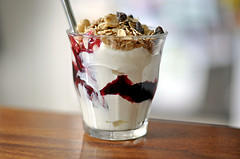

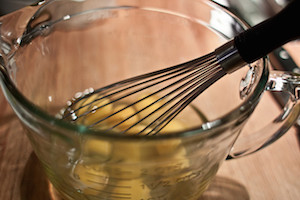
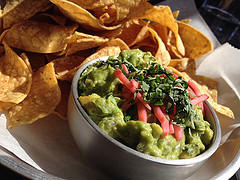
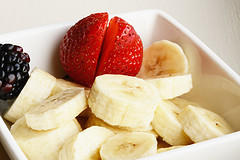
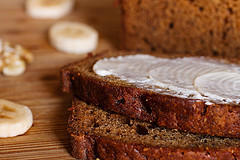
 Equal Housing Opportunity
Equal Housing Opportunity